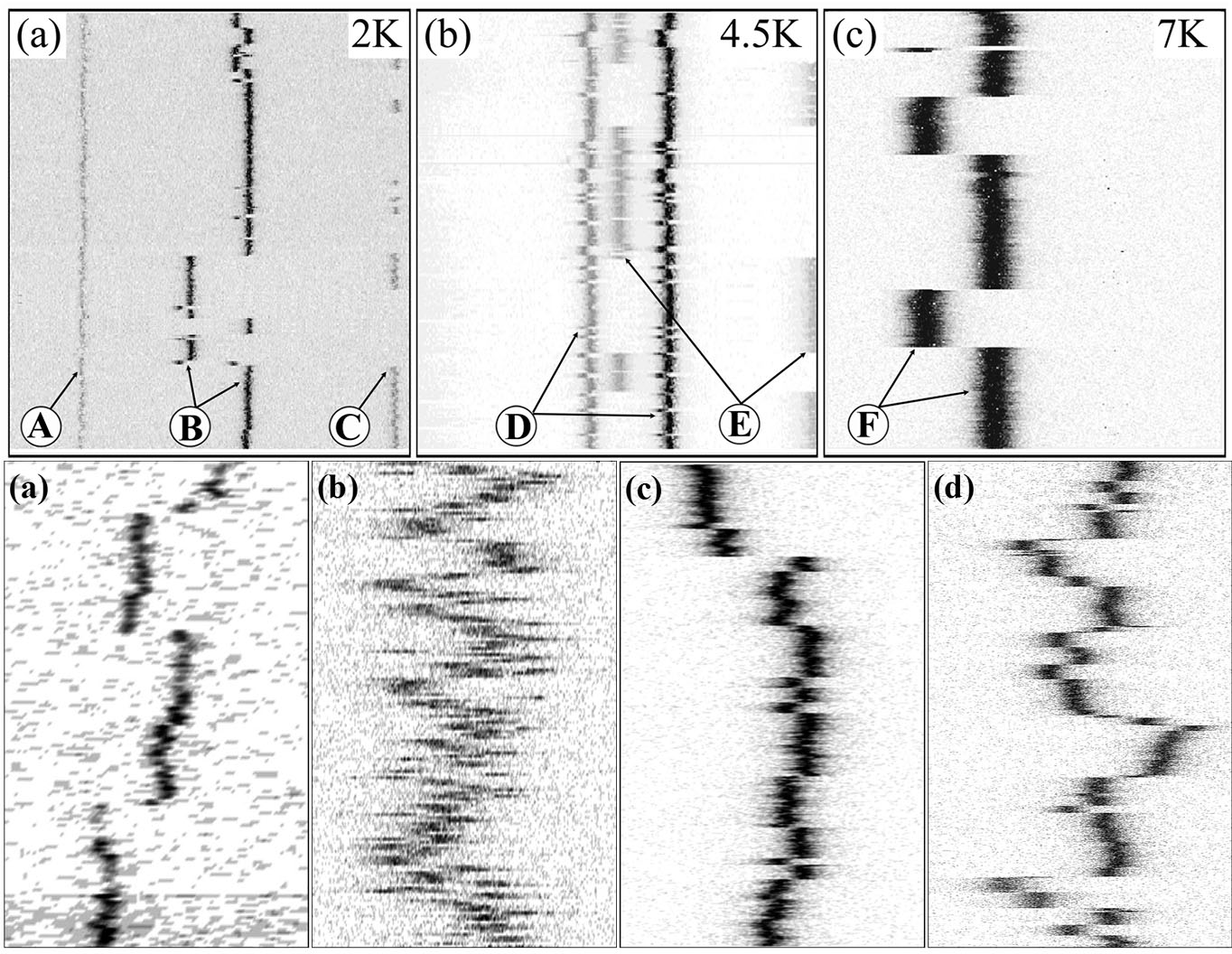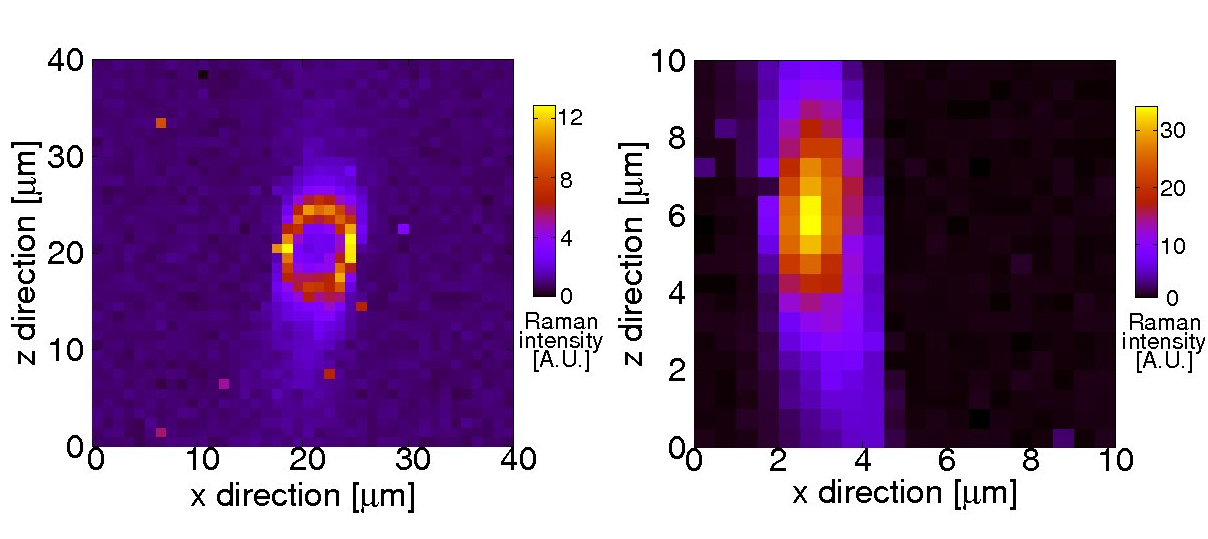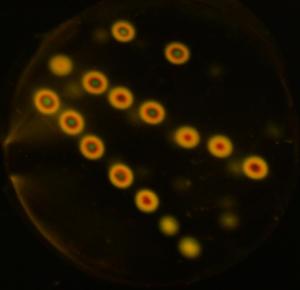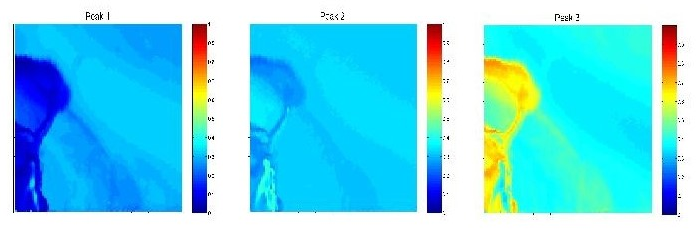Welcome to the homepage of L. Kador's group

Main filed of research: confocal microscopy and confocal micro-spectroscopy
Our main field of research is confocal microscopy and confocal micro-spectroscopy. Using custom-built set-ups, optimized for their respective applications, we conduct experimental research in the following areas: One subject is single-molecule spectroscopy at low temperatures. We investigate the interaction mechanisms between single dopant molecules and their surroundings in solid matrices, mainly glasses. Tunneling processes in an amorphous matrix manifest themselves as frequency shifts of the chromophore spectra. Also line shifts due to external perturbations such as hydrostatic pressure and electrical fields are investigated. The chromophores act as local probes and provide information about their environments in the solid. One can, e. g., obtain the parameters of single two-level systems in an amorphous polymer or learn details of the interaction between a chromophore and its environment. The two panels above show repeated scans over single-molecule lines in toluene (left) and polyisobutylene (PIB; top) and toluene (bottom). Obviously the low-molecular glass former toluene and the amorphous polymer PIB have completely different tunneling dynamics. We have a close collaboration with the group of Prof. Yuri G. Vainer at the Institute of Spectroscopy of the Russian Academy of Sciences in Troitsk, Moscow Region.

Confocal Raman microscopy and FLIM
The second field is confocal Raman microscopy and confocal fluorescence lifetime imaging microscopy (FLIM) at room temperature. This technique provides three-dimensional information about the chemical composition of the sample on the micrometer scale and allows one to record chemical images with purely optical means, i. e., in a non-destructive fashion. The two images show cross sections through the spider silk fibers of two different spider species; the intensity distributions of characteristic Raman lines are plotted in false-color representation.

Holographic gratings in modern high-tech polymers
Another research area is the investigation of holographic gratings in modern high-tech polymers, mainly with respect to technical applications for optical data storage. Here we have a collaboration with the chair Macromolecular Chemistry I, Prof. Dr. H.-W. Schmidt. Above we see a sample with inscribed holograms between crossed polarizers. The project is funded by the Collaborative Research Center (Sonderforschungsbereich) 481.

Gallium Selenide
Gallium selenide (GaSe) and some related layered semiconductors are characterized by huge coefficients of the optical nonlinearity of second order (chi(2)). We investigate these substances in collaboration with Prof. Kerim L. Allahverdi (Marmara Research Centre of TÜBITAK and Azerbaidjan Academy of Sciences, Baku). The three panels show the spatial distributions of three polytypes at the surface of a Gase crystal, recorded with confocal luminescence microscopy. The field of view is 100 × 100 microns.Further interests include the detection of radon and its disintegration products in the environment. The experimental method is mainly alpha spectroscopy.
